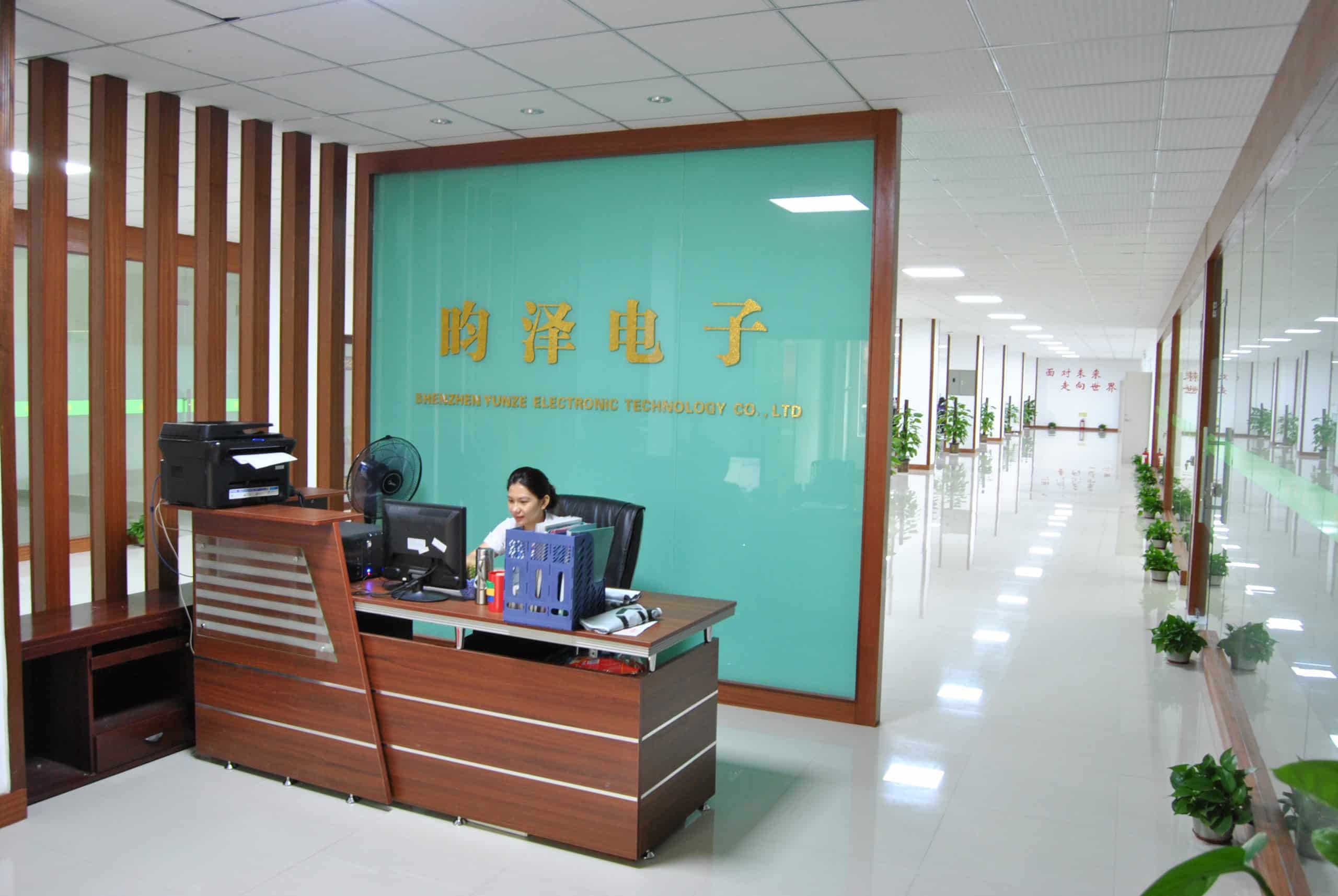How PCIe Technology Facilitates Seamless GPU Integration
In the world of computer systems, one technology that plays a crucial role in seamless GPU integration is PCIe. PCIe, which stands for Peripheral Component Interconnect Express, is a high-speed serial computer expansion bus standard. It allows for the connection of devices such as graphic cards (GPUs) to the motherboard of a computer. This article will delve into the basics of PCIe technology, its evolution, key features, and its importance in GPU integration. We will also explore the process of GPU integration via PCIe, the advantages of using PCIe for GPU integration, and future trends in this field.
Understanding the Basics of PCIe Technology
Before we delve deeper, let's grasp the fundamentals of PCIe technology. PCIe, short for Peripheral Component Interconnect Express, was first introduced in 2003 as a replacement for the aging PCI bus standard. Unlike its predecessor, PCIe offers higher bandwidth, lower latency, and improved scalability. It operates on a point-to-point topology, meaning that each device has a dedicated link to the host controller. This eliminates the need for devices to share bandwidth, leading to faster data transfers.
Moreover, PCIe utilizes a two-way serial communication link, allowing for simultaneous data transmission in both directions. This bidirectional communication enables devices to send and receive data concurrently, enhancing overall system performance.
When it comes to PCIe, it's important to understand its evolution over the years. Since its introduction, PCIe technology has witnessed significant advancements. PCIe 2.0, released in 2007, doubled the data rate compared to the original standard. This increase in data rate allowed for faster communication between devices, enabling more efficient data transfers.
Subsequent iterations, including PCIe 3.0 and PCIe 4.0, continued to push the boundaries of data rates, offering even faster communication between devices. PCIe 4.0 introduced lane margining, which enhances signal integrity and reliability. It also supports link-level retiming, allowing for longer interconnects without sacrificing performance. For more details on PCIe technology and its advancements, you can explore the information provided in the following link: https://www.diskmfr.com/
With the forthcoming PCIe 5.0 standard, which offers double the bandwidth of PCIe 4.0, the evolution of PCIe technology shows no signs of slowing down. This continuous advancement ensures that GPUs (Graphics Processing Units) can fully leverage the capabilities of the PCIe interface, enabling them to deliver exceptional performance in demanding applications such as gaming, artificial intelligence, and scientific simulations.
Now, let's explore some key features of PCIe technology that make it an ideal choice for GPU integration:
High bandwidth: PCIe offers high data transfer rates, allowing for rapid communication between the GPU and the CPU. This high bandwidth is crucial for graphics-intensive applications, where large amounts of data need to be processed in real-time.
Low latency: PCIe minimizes delay in data transmission, ensuring real-time responsiveness. This is especially important in gaming and other latency-sensitive applications, where even the slightest delay can impact the user experience.
Hot-plug support: PCIe supports hot-plug functionality, which means that GPUs can be inserted or removed without shutting down the computer. This feature enables easy installation and maintenance, allowing users to upgrade or replace GPUs without disrupting their workflow.
Scalability: PCIe supports multiple lane configurations, allowing for scalability. This means that systems can accommodate various GPU setups, ranging from a single GPU to multiple GPUs in SLI (Scalable Link Interface) or CrossFire configurations. This flexibility is particularly beneficial for professionals and enthusiasts who require powerful multi-GPU setups for tasks such as 3D rendering, video editing, and machine learning.
Power efficiency: PCIe employs power management techniques that optimize energy consumption. This results in improved power efficiency and reduced heat generation, which is crucial for maintaining system stability and prolonging the lifespan of components.
As technology continues to advance, PCIe remains at the forefront of high-speed data communication, enabling seamless integration of GPUs into various computing systems. Its ability to provide fast, reliable, and scalable connectivity makes it an essential component in modern computing architectures.
The Role of PCIe in GPU Integration
Now that we have a solid understanding of PCIe technology, let's explore its significance in GPU integration. GPUs are critical components in computer systems, especially for tasks requiring complex calculations and graphics processing. PCIe serves as the vital link between the GPU and the rest of the system, facilitating seamless integration and optimal performance.
The Importance of GPU in Computer Systems
The GPU, or Graphics Processing Unit, plays a pivotal role in computer systems. It is responsible for rendering images, videos, and 3D graphics. GPUs excel at parallel processing, allowing them to handle multiple calculations simultaneously. This parallel processing capability makes GPUs highly efficient for tasks such as gaming, video editing, and scientific simulations.
In recent years, the importance of GPUs has expanded beyond traditional graphics applications. With the rise of artificial intelligence (AI) and machine learning (ML), GPUs are now widely used for accelerating deep learning algorithms. Their ability to process massive amounts of data in parallel makes them invaluable for training complex neural networks.




